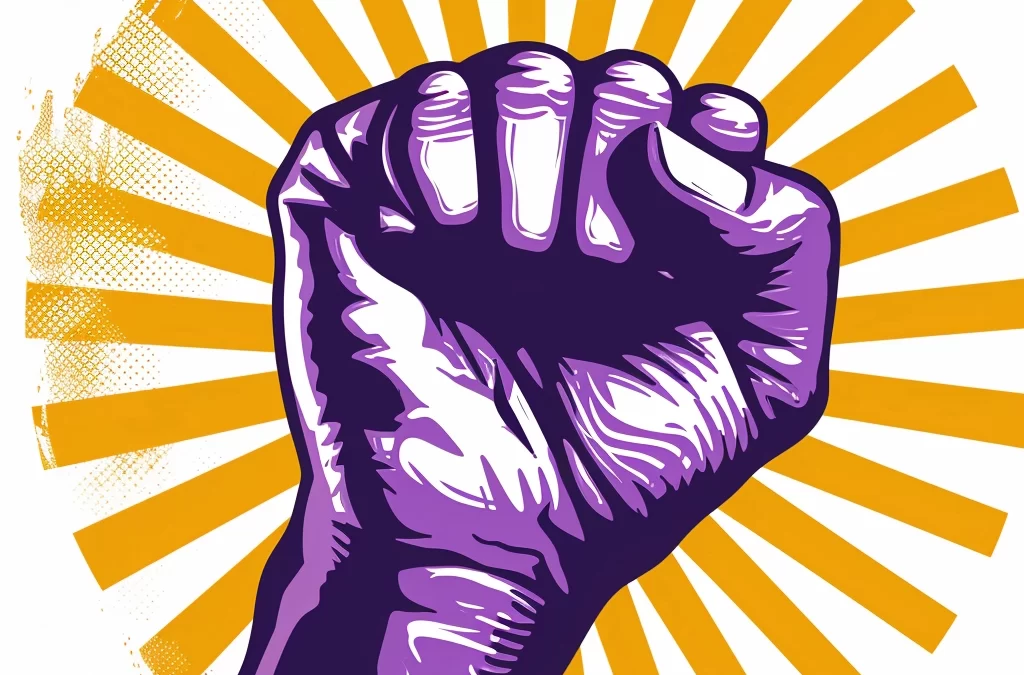Black Musical History is American Musical History
Black culture and American music are inextricably linked, stretching back to the time when enslaved people were imported from the shores of Africa, bringing with them the roots of their music and culture. Those roots changed music history—for all of us—forever, and that influence continues today.
Music and dance were an integral part of African life, and remained important to Blacks in America. Both slaves and free blacks used music as an accompaniment to work, worship, and celebration.
Black Musical History is American Musical History
Black culture and American music are inextricably linked, stretching back to the time when enslaved people were imported from the shores of Africa, bringing with them the roots of their music and culture. Those roots changed music history—for all of us—forever, and that influence continues today.
Music and dance were an integral part of African life, and remained important to Blacks in America. Both slaves and free blacks used music as an accompaniment to work, worship, and celebration.
Today, there’s virtually no music we listen to that hasn’t felt the effects and benefits of that African and Black heritage. It’s remarkable, and when you read the outline of genres and performers, you’ll surely agree.
RAGTIME – 1890s
Ragtime began in the 1890s and was popular until about 1918. Scott Joplin was a composer and largest contributor to ragtime music. Piano was the most common instrument. Ragtime is very lively music and was a popular music to dance to.
BLUES – 1860s
Influenced by work songs and spirituals from slaves in the deep South, Blues began in the 1860s after the Civil War. Mississippi is considered the birthplace of the Blues. Blues music described sad situations, such as woes and troubles. Guitar, upright bass, and piano were popular instruments. Key artists include Muddy Waters, B. B. King, and Ma Rainey.
JAZZ – 1900s
Jazz music has roots in blues, ragtime, and spirituals. Trumpet, saxophone, and trombone were featured instruments in jazz music along with piano, drums, and bass. Jazz-world legends include Louis Armstrong, Duke Ellington, Miles Davis, John Coltrane, Billie Holiday, Ella Fitzgerald, Esperanza Spalding, Ray Charles, any of the Marsalis Brothers, and Nina Simone.
R&B/SOUL – 1940s
Defined by its soulful singing and the strong bass and rhythm track behind the music, the genre was first established in the 1940s and continues to be a popular form of music to this day. Famous performers include Janelle Monae, Boyz II Men, Toni Braxton, Usher, Mary J. Blige, Alicia Keys, TLC, Destiny’s Child, and John Legend.
ROCK AND ROLL – 1950s
There are so many names to know and appreciate, but in this mainstream genre, think Jimi Hendrix, Little Richard, Bo Diddley, Lenny Kravitz, Ike Turner, and Fats Domino. Emerging in the mid 20th century, Rock was inspired by blues, boogie woogie, gospel, and rhythm music. The most popular instrument in rock and roll music is the guitar. Sister Rosetta Tharpe and Chuck Berry pioneered the creation of rock and roll music.
POP – 1950s
Short for “popular” music, this genre has been front-and-center since the 1950s. Tommy Edwards helped cross the bridge from past genres over to pop music. In addition to Edwards, famous musicians include Michael Jackson, Whitney Houston, Tina Turner, Beyonce, Mariah Carey, Rihanna, Lizzo, and The Weekend.
FUNK/SOUL – 1960s
Funk was inspired by soul music, jazz, and African grooves. Soul music helped originate funk music by adding strong rhythm to it, and disco was later influenced by funk. Common instruments included electric guitar, electric bass, drums, and electric piano, and sometimes synthesizers, trumpets, trombones, and other small percussion instruments were used. Big acts included James Brown, Aretha Franklin, Stevie Wonder, Donna Summer, Kool and the Gang, Earth, Wind & Fire, and Prince.
MOTOWN – 1960s
Motown was inspired by blues music, but with more rhythm added in. This style was named after Motown Records, whose goal was to feature African American musicians. Motown musicians include Diana Ross and the Supremes, The Temptations, Martha and the Vandellas, The Miracles, The Four Tops, the Jackson 5, and Marvin Gaye.
HIP HOP/RAP – 1970s
Born in New York City in the 1970s, hip hop was created by African Americans who lived in the poverty-stricken neighborhoods of Manhattan, Brooklyn, and the Bronx, and became a cultural movement. Influences came from blues, R&B, and funk. Notable musicians include Dr. Dre, Jay Z, Ice T, Tupac, Notorious B.I.G, Snoop Dogg, P Diddy, Lauryn Hill, Lil Wayne, Ludacris, Kendrick Lamar, Salt-N-Pepa, and Nicki Minaj.
